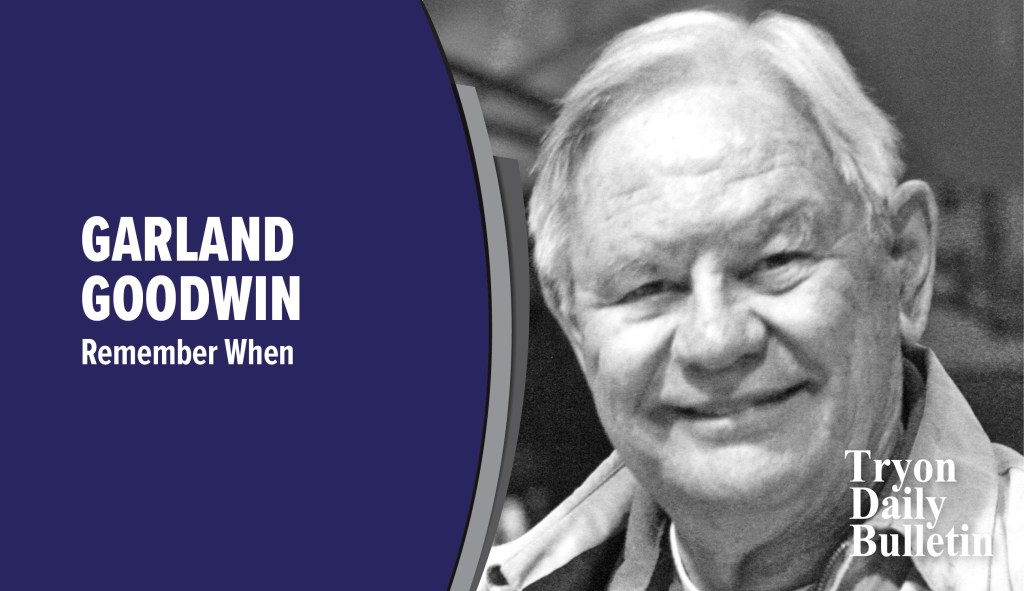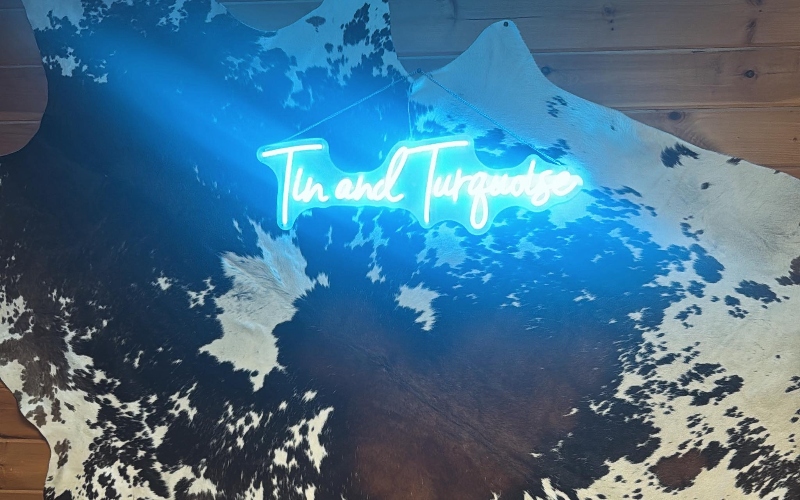Garland’s Famous Airplanes
Published 8:00 am Thursday, June 15, 2023
|
Getting your Trinity Audio player ready...
|
Two airplanes stand out among the number of them I helped to design.
The first is the basic airframe used to build the Presidential airplanes. These luxurious planes start life as Boeing 747 jumbo jets. When selected, the first step is to completely gut the interiors. Even the cockpit is modified extensively!
Then all the paint is removed, to be replaced by the familiar light blue and white design by Raymond Lowey. There have been several airplanes so modified, and there are variations ordered by the Presidents.
Trending
My company, LTV Aerospace, designed and built the aft fuselage, including the pressure bulkhead and the tail feathers, at their Dallas facility. The entire assembly was shipped to Everett, Washington, by rail. My part was the most forward spar in the vertical stabilizer.
Because a B-52 bomber lost its entire vertical stabilizer and rudder due to a large gust, a Boeing Vice President decreed that our vertical stabilizer be linked to the fuselage by a link good for 25,000 pounds! The loads we were designing to put only 9,000 pounds in the link . . .
I asked the resident Boeing Engineer how far up my spar should I make it good for 25,000 pounds; he said about 20 feet. So I dutifully designed the spar with extra thicknesses and a splice in the spar caps. The huge link was quite heavy.
I also discovered that the lines provided by Boeing allowed for a single extrusion to serve as the spar cap for its entire length of some 50 feet. I calculated all the weights involved, and asked the Boeing rep whether I could just go with the 9,00 pound load. H said that he would have to ask the VP and he’d get back to me.
The weight saving was considerable. As I had done my homework . . . We were allowed to go with the more realistic load and link. So I am pleased that I made a substantial difference in the design weight of a great airplane, in production for 50 years!
When we went back to Boeing Seattle to work on their Supersonic Transport, Boeing gave us a tour of the Everett plant and the full scale mockup of the 747. When I pointed out to Fran that the slat on the inboard wing flap was about the size of the entire wing of our Luscombe airplane, she commented that the 747 would never fly!
Trending
We were on a perimeter road at Dulles airport when a 747 took off toward us. It passed overhead mere feet above us. Fran agreed that the big bird appeared to be flying!
The other famous airplane I helped design is the F/A-18E/F Super Hornet. I hired in at McDonnell Douglas in St Louis after retiring early from LTV. Engine builder GE offered a new engine that developed a lot more thrust in the same envelope size. McDonnell asked the Navy whether they wanted to just install the new engines in their F-18s and enjoy much improved performance, or did they want the plane to carry more ordnance?
The Navy reply was that the F/A-18 is an attack airplane, so they wanted to carry more ordnance. That meant a bigger wing, which requires a bigger tail, so McDonnell Douglas got to design a whole new airplane without bidding on a new contract. I made the first three-view drawing of the Super Hornet!
The Blue Angels now fly the Super Hornet. It has replaced the great Grumman F-14 Tomcat as the premier carrier-based fighter plane in the US Navy and also the Navies of most of our Allies. Pretty good work for a country boy from the mountains of North Carolina, eh what?
Garland would like to hear from you at 828-859-7041 or garlandgoodwin7@gmail.com.






